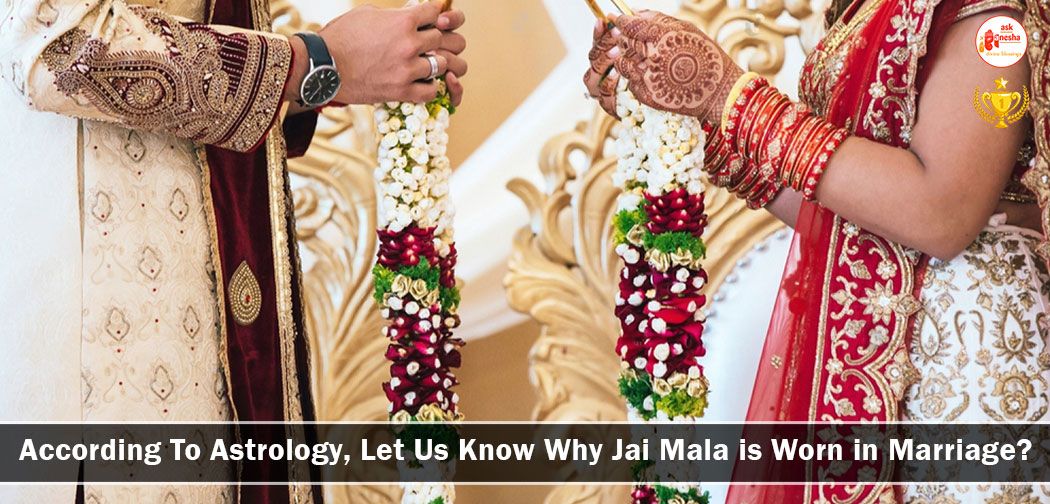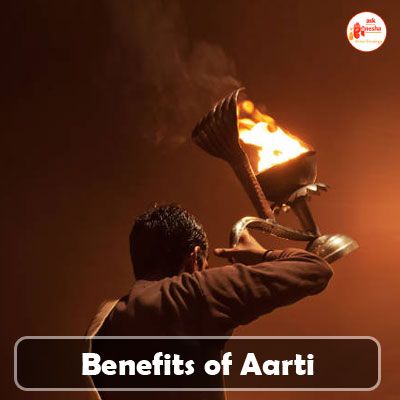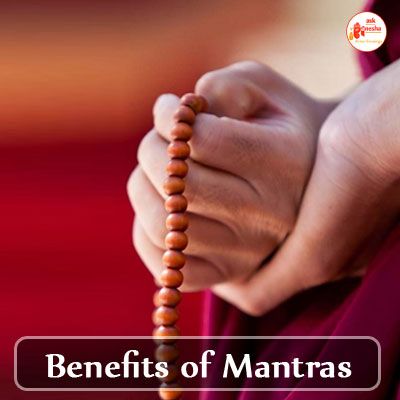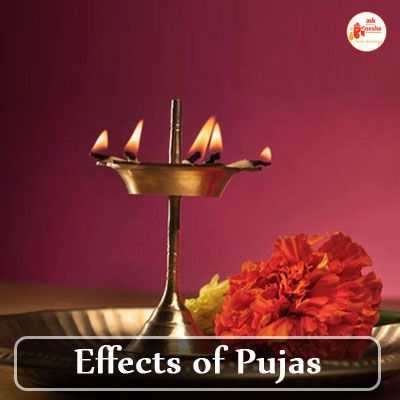"Jai Mala" is a traditional Indian wedding ritual in which the bride and groom go for exchanging flower garlands as a symbol of acceptance and respect for each other. This ritual is observed in Hindu, Jain, and Sikh weddings, but right now the concept of wearing garlands is prevalent among all weddings whoever is associated with. Marriage in all castes and creeds is taken as religious, holy and highly auspicious as two persons are going to tie a bond for ever.
In some parts of India, the Jai Mala is also known as "Var mala" or "Jai mala" and is considered to be an essential part of the wedding. However, it is noted that the use of Jai Mala varies depending on the specific traditions and customs followed by the families and communities involved in the wedding ceremony.
The jai mala is an auspicious token of acceptance. When the bride and the groom exchange the garland, it hints at the point that the acceptance of would-be bride and the would-be groom as her/his partner for whole life. This tradition has been in practice since the period of the Ramayana and the Mahabharata.
We have come to know going through the Ramayana that Sita Mata put the jai mala around Shri Rama's neck after Lord Ram won the Swayamvar by breaking Lord Shiva's celestial bow gifted to Janaka, the King of Mithila. Similarly, In the Mahabharata we notice that Draupadi put the garland around Arjuna's neck after he won the Swayamvar by shooting an arrow in the eye of a fish fixed to the roof. All Arjuna had to do was to look at the reflection of the fish in water kept there.
The ancient scriptures are replete with the use of jai mala in different occasions of nuptial bonding. Parvati and Lord Shiva and Goddess Lakshmi – and Lord Narayan's wedding ceremonies can be mentioned in this regard.
Actually what we notice in a marriage ceremony is that the bride first puts the garland on the groom’s neck. Thus, she admits that she has accede the man standing in front of her as his lifelong partner. In this way the wedding ceremony begins.
However, some families may view Jai Mala as an essential part of the wedding ceremony. Hence it is important for the couple to communicate with their families and reach a mutual agreement.
Initiation of Jai Mala Ceremony
During the jai mala ceremony, the bride and groom stand facing each other as family members and friends stand surrounding them. The bride usually takes the first initiative and places the garland around the groom’s neck, and then the groom reciprocates by placing a garland around the bride’s. This exchange of garlands is accompanied by cheers and applause from the wedding guests and relatives of both the bride and groom.
How Jai Mala is Prepared
The garlands used for the jai mala are usually made of fresh flowers. They may be roses, marigolds, jasmine, or any other preferred flowers. These flowers are carefully threaded together to create a long strand of flowers. The garlands are sometimes decorated with other elements such as ribbons, beads, or leaves to add to their visual appeal.
Is Spirituality Associated with the Jai Mala?
Spirituality is a personal and subjective experience, and its association with the jai mala ceremony may depend on the beliefs and traditions of the individuals involved. For some, the act of exchanging garlands may pose spiritual significance and represent the union of two souls in marriage. For others, it is nothing but a cultural tradition without a significant spiritual meaning.
Whether spirituality is attached to the jai mala ceremony depends on the perspective of the individuals involved and their understanding of the utter significance of the ritual.
Is Jai Mala and Var Mala the Same Thing?
"Jai mala" and "var mala" is the same thing, the same garlands used in Indian wedding ceremonies.
Jai mala ceremony stars at the very moment when the groom along with his associates reaches the bride’s home. At the wedding platform the groom waits for the bride to appear. The moment the bride enters the, the jail mala occasion starts. Mala or garlands are exchanged between the bride and groom. It is typically the first ritual that takes place during the wedding ceremony, involving the bride and groom exchanging flower garlands as a symbol of utmost acceptance and sheer commitment to each other.
It may be explained here that Var mala is the garland put by the groom to the bride during the wedding ceremony. It is usually made with a variety of flowers, leaves, and other decorative elements. It is the groom who places the var mala around the neck of the bride with the help of family members or friends.
Both jai mala and var mala involve the use of garlands in an Indian wedding ceremony, they refer to two distinct types of garlands used for specific purposes.
Jai Mala Vibrancy in Marriage
The moment baaraat kicks off the wedding extravaganza with vibrant music and dancing, the joy associated with the Jai Mala ceremony keep son rolling. The nuances of this very ceremony vary from community to community but it can’t be denied that in every tradition in India, it is the first coming together of the couple taking up holy pledge.
A Glimpse at the Hindu Marriage
The moment the groom appears, he is greeted by the bride's party. With a pooja thali, the bride's mother comes up for an aarti, denoting blessings to the groom and welcoming him into the wedding arena. The priest chants Sanskrit hymns, and everyone engulfs the foyer of the wedding venue.
In some regions, after the aarti and before the exchange of jai mala, the bride and groom are separated by a bolt of fabric. It is a ceremony better known as Vadhu Aagman or the arrival of the bride. This practice reminds us of arranged marriage tradition as the couple isn’t meant to cast a glance at each other just yet.
When the bride arrives to the arena, escorted by her family, she is told to sit on one side of the fabric while the groom remains on the other side. This signifies the ultimate independence the bride and groom enjoyed before jumping into the gaiety of their marriage. The fabric is allowed to drop later on and reveals the duo.
Actually it is 'Jai mala' that is directly translated to 'victory garland'. To elaborate this we have to cast a glance at the past days when the kings, emperors, princes returning home from battle were greeted with flower garlands. This practice is repeated in the time of wedding too. The baraat being the war party in procession and the instant garlanding of the groom when he steps off his vehicle or horse reminds us of the time bygone. In the North India the term is meant to include the garlanding ceremony. But in other parts of the Subcontinent it refers to the garland. Depending on the region and community, 'var mala' is employed instead of 'jai mala' for this particular ceremony. 'Var' means the groom and 'mala' means a garland. So the moment we mix he two words, we find the phrase ‘the garland that the groom wears’. Frequently both 'jaimala' and 'varmala' are used interchangeably.
To Conclude
It is known to all that garland always flashes on the mind as a symbol of beauty, enthusiasm, excitement and aspiration. The thread that holds the flowers are the epitome of emotions and sensations. The married partners vow to stick to each other through all weal and woes just as the thread holds all the flowers quite lovingly. Herein lays the ultimate significance of the Jai mala.
Flowers are typical for the Jai Malas because they signify a whole range of emotion as well as vitality, youth, and joy. The choice in flowers for the garlands varies across the Subcontinent. In the North, red roses and white flowers are preferred while in the South marigolds and bright orange flowers are traditional. Garlands used as jai mala in the South Indian states are much longer and heavier than the North Indian ones.
Some communities don't even use flowers - cash notes and tinsel are also woven into garlands and gifted. The Jai Malas are the first sign that the couple is joined together. The garlanding is a process how both the brides and the grooms give consent for the marriage. From then on, the rest of the Hindu wedding is about binding the bride and groom together in the eyes of the gods and reaffirming that their dharmas are tied together.























 Translate
Translate